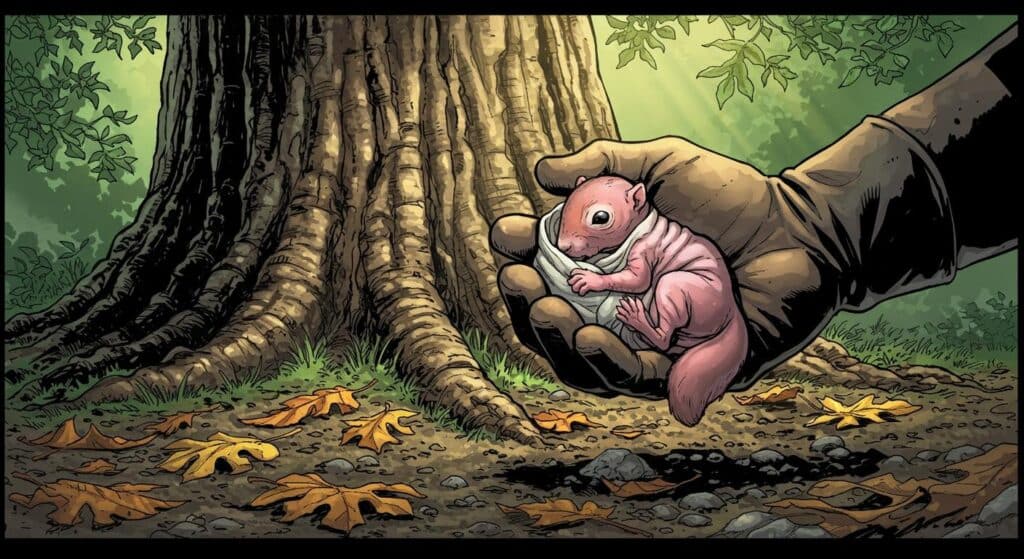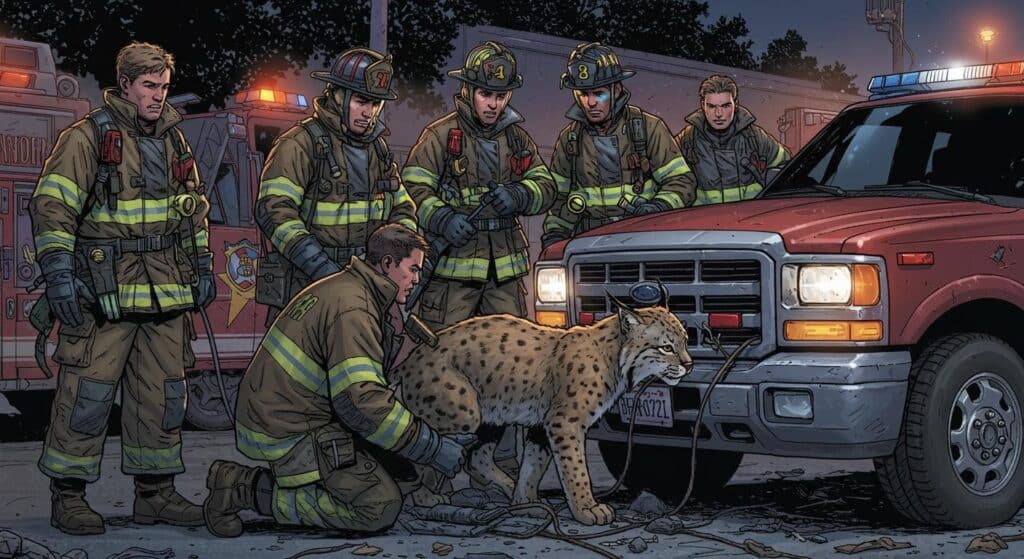Some conservation measures are subtle: increased patrols, better fences, community engagement. Others veer into the realm of the truly unexpected—like South Africa’s latest gambit, which entails injecting rhino horns with radioactive isotopes. It’s not a pitch for a new Marvel origin story; it’s an actual campaign aimed at keeping one of the world’s most embattled megafauna a step ahead of relentless poachers.
Crooks Versus Customs—With a Nuclear Twist
According to HuffPost, scientists at the University of the Witwatersrand have started injecting rhino horns with radioactive isotopes, carefully chosen to be harmless to the animals but easily detected by radiation scanners at airports and borders. The effort, dubbed the Rhisotope Project, is a team-up involving university researchers, nuclear regulators, and conservationists—essentially the sort of brainstorming session where “nuclear material” lands on the whiteboard and everyone nods a little more seriously than usual.
Initial pilot trials last year saw about 20 rhinos undergo the procedure. Chief scientific officer James Larkin explained that, after extensive testing, his team found the method “completely safe for the animal and effective in making the horn detectable through international customs nuclear security systems.” In fact, even horns injected with lower-than-final-planned levels of radioactivity set off alarms in standard radiation detectors. It’s not just for loose luggage either; horns could be picked up inside full-sized shipping containers—a detail scientists highlighted as key to intercepting horn shipments buried in cargo.
For context on the practicalities, the Courier News documents how the procedure works in the field: sedated rhinos have their horns drilled and isotopes inserted, all performed at specialized orphanages in South Africa. Far from a quick job, the process is delicate and deliberate—a reflection of both the animals’ value and vulnerability.
Why Rhinos, and Why Now?
All this ingenuity is rooted in some somber arithmetic. The International Union for Conservation of Nature estimates, as noted in HuffPost’s report, that rhino populations have plummeted from roughly 500,000 at the dawn of the 20th century to just 27,000 in the present day—mostly due to international trafficking fueled by the black market’s appetite for horn. South Africa, which harbors around 16,000 rhinos (more than half the global population), reports the loss of about 500 animals each year to poaching. Losing two percent of your population annually might sound manageable—until you realize, at that pace, extinction stops looking like a distant threat.
Both private and public wildlife managers are being encouraged to take part in the isotope initiative, as detailed in Courier News reporting. The hope is that a marked horn is a worthless horn, at least to would-be traffickers worried about setting off alarms at every customs desk between here and Hanoi.
Does Radioactivity Raise the Stakes…or Just the Barriers?
It’s a twist on an old problem: how do you protect a living, breathing creature from the perverse incentives of the global marketplace? Wildlife managers have previously tried everything from horn dye, which traffickers sometimes just sanded away, to complete horn removal—not popular with rhinos, tourists, or most anyone with a sense of poetic justice. So, will radioactive markers finally tip the balance?
The real novelty lies in leveraging tools designed for nuclear security against an unusual kind of contraband. WTOP points out that airport and border scanners, already on alert for radioactive material, might unwittingly become the best anti-poaching force money can’t buy. One can imagine the moment a trafficker realizes their prize will now glow (in a bureaucratic sense) at every customs checkpoint—talk about bringing new meaning to “hot goods.”
Of course, deterrents sometimes just shift criminal innovation elsewhere. Will horn smugglers attempt even more convoluted routes, or focus on domestic black markets where checks are weaker? The university and partners remain optimistic but, to paraphrase conservation history, it’s always interesting to see which evolves faster: efforts to protect wildlife, or the ingenuity of those out to exploit it.
When Standard Solutions Don’t Cut It
It’s hard not to feel a sort of dry awe at what conservation desperation produces. Twenty years ago, the prospect of purposefully irradiating animals for their own safety would’ve sounded ludicrous—now, it’s simply a pragmatic escalation in a high-stakes game. As WTOP describes, extensive trials have shown that, so far, it’s effective, at least on the technical front.
Rhinos, to their credit, seem unbothered. Their new radioactivity remains blissfully undetectable to themselves and everyone around them, unless those happen to be border security guards with a Geiger counter. It does leave one wondering, though: if this level of creativity is what it takes to keep poachers at bay, how far is the conservation community willing—or forced—to go next?
Radioactive horns: not a Hollywood plot, just another day in the annals of human-wildlife relations circa 2025. Sometimes the most unbelievable stories really are true.







